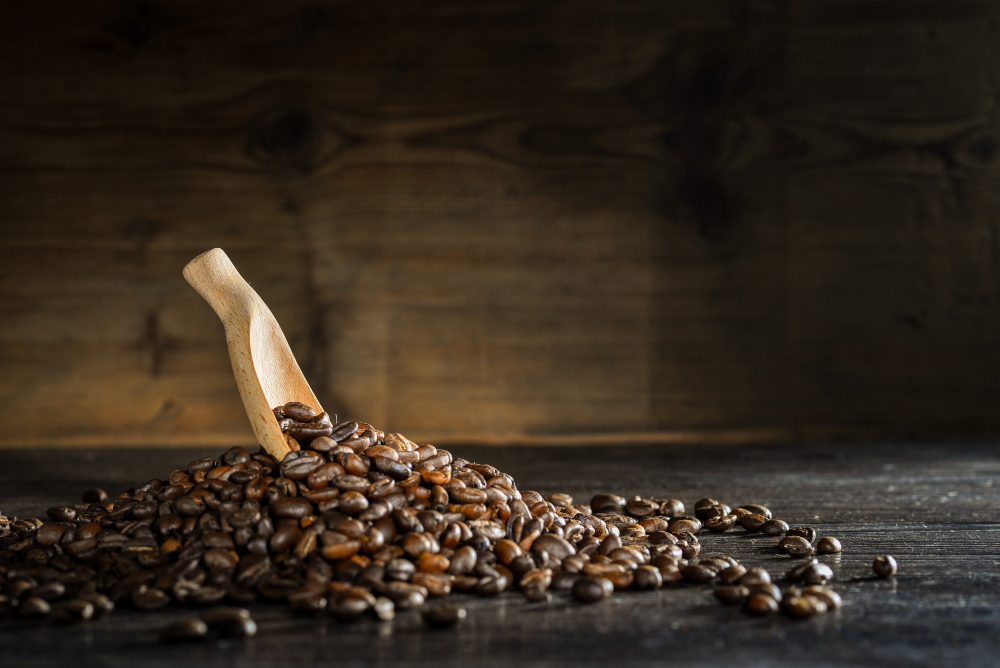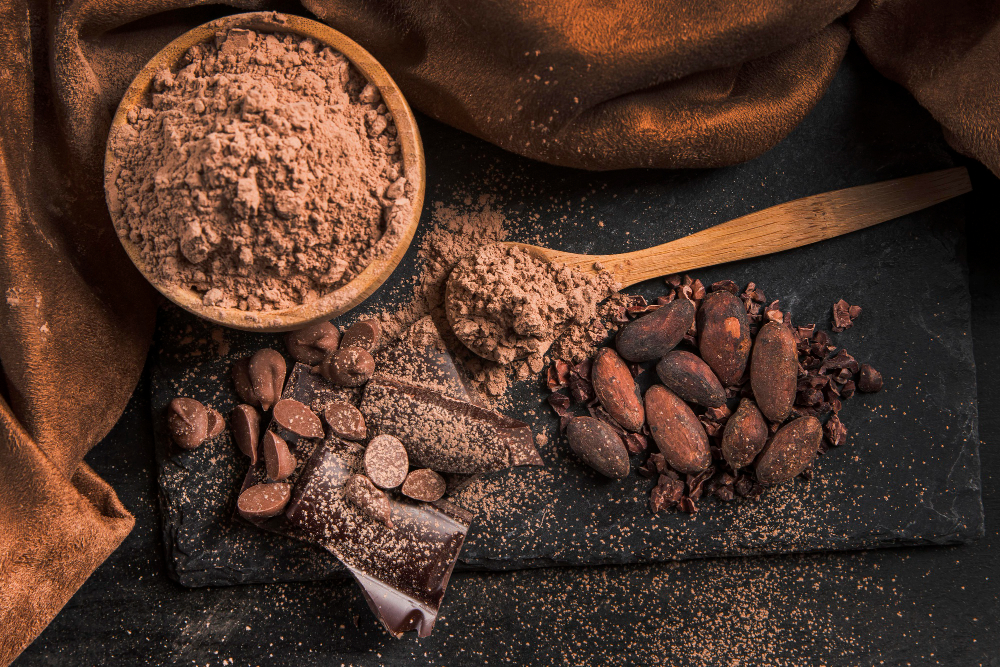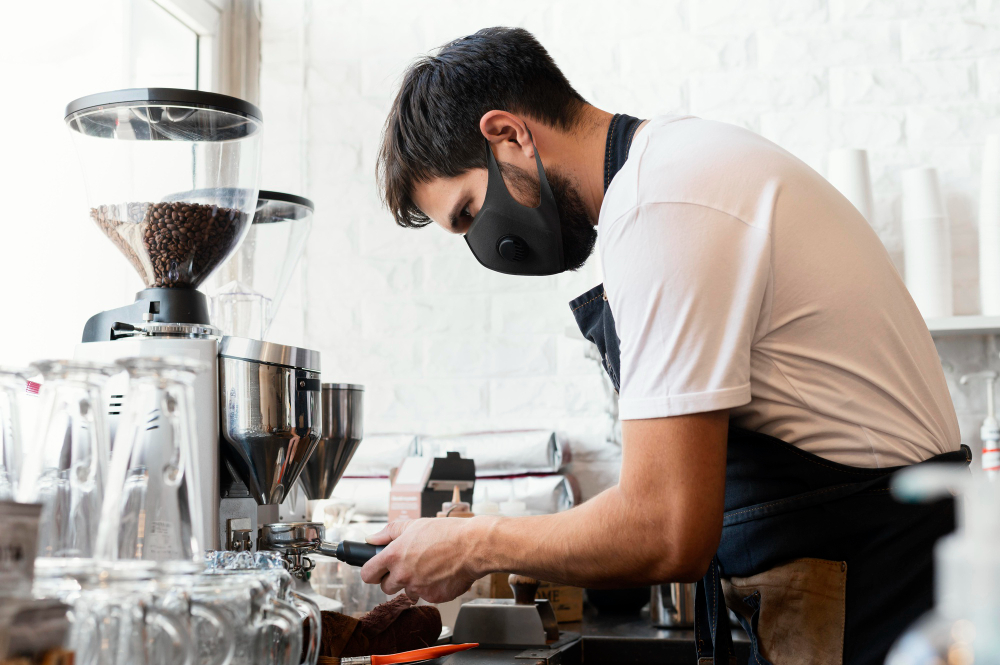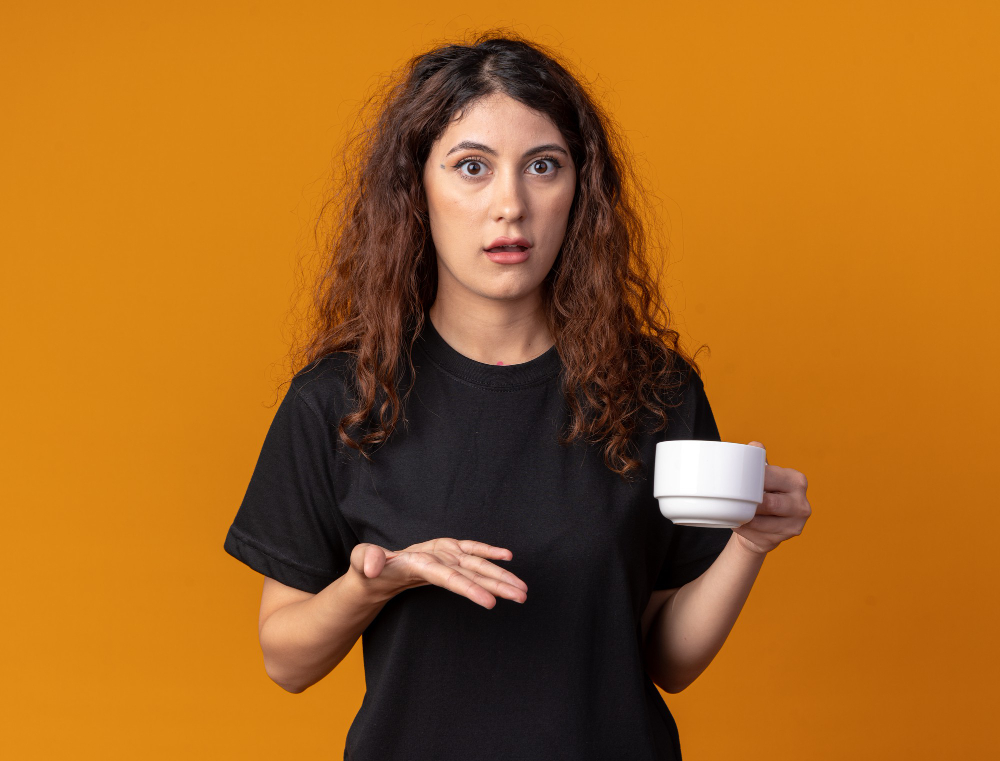Coffee and cocoa beans, though often confused due to their similar-sounding names, are distinct entities that play unique roles in our culinary experiences. In this article, we’ll delve into the intricate details of coffee and cocoa beans, exploring their cultivation, flavor profiles, nutritional content, and more.

Coffee Beans: A Deeper Dive
Types of Coffee Beans
When we think of coffee, two main varieties come to mind: Arabica and Robusta. Arabica is known for its mild flavor and higher acidity, while Robusta boasts a stronger, more bitter taste. Understanding these distinctions is crucial for coffee enthusiasts.
Coffee Bean Cultivation
The journey from bean to cup involves meticulous cultivation. Coffee plants thrive in specific regions, each contributing to the distinct characteristics of the beans. The altitude, climate, and soil composition play pivotal roles in shaping the final flavor.
Flavor Profiles and Characteristics
Coffee aficionados appreciate the nuanced flavors found in different beans. From fruity and floral notes to earthy and nutty undertones, the world of coffee offers a spectrum of taste experiences.

Cocoa Beans: Unraveling the Chocolate Mystery
Types of Cocoa Beans
Cocoa beans, on the other hand, come in three primary types: Criollo, Forastero, and Trinitario. Each type imparts unique flavors to the chocolate they produce. Criollo, the rarest and most prized, is celebrated for its delicate taste.
Cocoa Bean Cultivation
Cocoa cultivation involves tropical regions, where the cacao tree thrives. The beans undergo a complex fermentation and drying process before being transformed into the chocolate we adore.
Chocolate Production Process
The journey from cocoa bean to chocolate bar involves grinding, conching, and tempering. This meticulous process determines the final texture and taste of the chocolate.
Differences Between Coffee and Cocoa Beans
Botanical Distinctions
While both coffee and cocoa beans come from fruits, they belong to different botanical families. Coffee beans are seeds of the Coffea plant, whereas cocoa beans are seeds of the Theobroma cacao tree.
Growing Conditions and Regions
Coffee and cocoa plants have specific climate requirements. Coffee prefers higher altitudes in tropical regions, while cocoa thrives in lower altitudes with consistent warmth and humidity.
Harvesting and Processing Methods
The methods employed in harvesting and processing greatly influence the beans’ flavors. Coffee is typically dried and roasted, while cocoa undergoes fermentation before drying.

Flavor and Aroma Profiles
Coffee’s Unique Flavor Notes
Coffee boasts a wide range of flavors, from the bright acidity of Ethiopian beans to the chocolatey richness of Colombian varieties. The roasting process intensifies these notes.
Cocoa’s Rich and Diverse Taste
Cocoa offers a diverse flavor profile, ranging from fruity and floral to deep and earthy. The percentage of cocoa in chocolate also affects its flavor, with higher percentages providing more intense chocolate notes.

Nutritional Variances
Health Benefits of Coffee Consumption
Coffee is celebrated for its antioxidant properties, potential to enhance cognitive function, and positive effects on mood. Moderate consumption is associated with various health benefits.
Nutritional Content of Cocoa Beans
Cocoa beans, in their purest form, are rich in antioxidants and minerals. Dark chocolate with higher cocoa content is considered a healthier option, offering potential cardiovascular benefits.

Culinary Uses
Coffee in Various Forms
From espresso shots to lattes and cold brews, coffee takes on various delicious forms. Its versatility in both hot and cold beverages makes it a beloved choice worldwide.
Chocolate and Its Versatile Applications
Chocolate, derived from cocoa beans, is a versatile ingredient used in baking, desserts, and even savory dishes. Its ability to complement both sweet and savory flavors makes it a culinary powerhouse.

Popular Myths About Coffee and Cocoa Beans
Dispelling Misconceptions
Addressing common myths surrounding coffee and cocoa beans, such as the belief that darker coffee is always stronger or that all chocolate is the same, helps clarify the nuances for consumers.
Addressing Common Mix-Ups
It’s not uncommon for people to mistakenly interchange coffee and cocoa in recipes. Clearing up these mix-ups ensures that culinary creations turn out as intended.

Exploring the Global Impact
Economic Significance of Coffee and Cocoa Industries
Coffee and cocoa play vital roles in the economies of many countries, providing livelihoods for millions. Understanding the economic impact helps consumers make informed choices.
Cultural Importance Worldwide
The cultural significance of coffee and chocolate spans centuries and various societies. Both beverages are deeply woven into rituals, traditions, and social interactions worldwide.
Sustainability Practices
Challenges in Coffee and Cocoa Farming
Both coffee and cocoa industries face challenges, including climate change, pests, and fair labor practices. Supporting sustainable practices is essential for the longevity of these industries.
Initiatives for Sustainable Cultivation
Various initiatives focus on sustainable farming practices, fair trade, and environmental conservation in both coffee and cocoa production. Consumer awareness and support are crucial for the success of these initiatives.
The Art of Pairing
Coffee and Food Pairings
Pairing coffee with food enhances the overall dining experience. Understanding the flavor profiles of different coffee beans helps create harmonious combinations.
Chocolate and Beverage Pairings
Pairing chocolate with various beverages, from wine to coffee, opens up a world of taste sensations. Experimenting with combinations is a delightful journey for chocolate enthusiasts.
Making Informed Choices
Choosing Ethically Sourced Coffee and Cocoa
With increased awareness of ethical sourcing, consumers can make choices that support fair labor practices and environmentally friendly production in both the coffee and cocoa industries.
Understanding Labels and Certifications
Navigating labels and certifications ensures that consumers choose products aligned with their values, such as organic, fair trade, or direct trade options.
The Rise of Coffee-Chocolate Blends
Emerging Trends in Combining Coffee and Chocolate
The fusion of coffee and chocolate in beverages is gaining popularity. From mochas to chocolate-infused coffee, these blends offer a delightful marriage of flavors.
Popular Coffee-Chocolate Beverages
Exploring popular coffee-chocolate beverages, such as affogato or chocolate-flavored cold brews, allows enthusiasts to indulge in the best of both worlds.
Addressing Environmental Concerns
Impact of Climate Change on Coffee and Cocoa Production
Climate change poses a significant threat to both coffee and cocoa crops. Understanding the challenges helps industry players and consumers work towards sustainable solutions.
Industry Responses and Adaptation Measures
Coffee and cocoa industries are actively responding to environmental challenges. Initiatives include agroforestry, water conservation, and research on climate-resistant varieties.
Conclusion
In conclusion, while coffee and cocoa beans share a place in our hearts, they are distinct in their origins, flavors, and uses. Understanding these differences enhances our appreciation for the richness they bring to our lives.
FAQs – Unraveling the Beans’ Mysteries
Q: Can cocoa beans be used to make coffee?
A: No, cocoa beans are not suitable for making coffee. They are distinct ingredients with different flavors and preparation methods.
Q: What is the healthiest way to consume coffee and cocoa?
A: The healthiest way is in moderation and with minimal added sugars. Black coffee and dark chocolate with high cocoa content offer more health benefits.
Q: Are there decaffeinated versions of both coffee and cocoa?
A: Yes, decaffeinated coffee and cocoa products are available, catering to those who want to enjoy the flavors without the caffeine.
Q: How do climate changes affect the taste of coffee and chocolate?
A: Climate changes can alter the growing conditions, impacting the flavor profiles of both coffee and cocoa beans.
Q: Can you grow coffee and cocoa in the same region?
A: While both plants thrive in tropical climates, specific growing conditions may favor one over the other. It’s possible but requires careful consideration of each crop’s needs.
